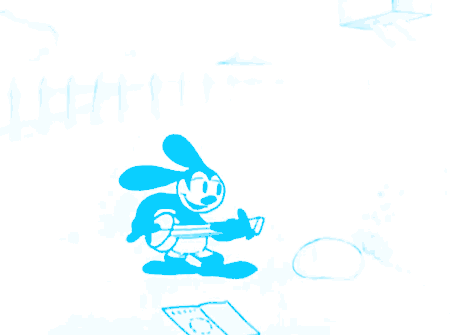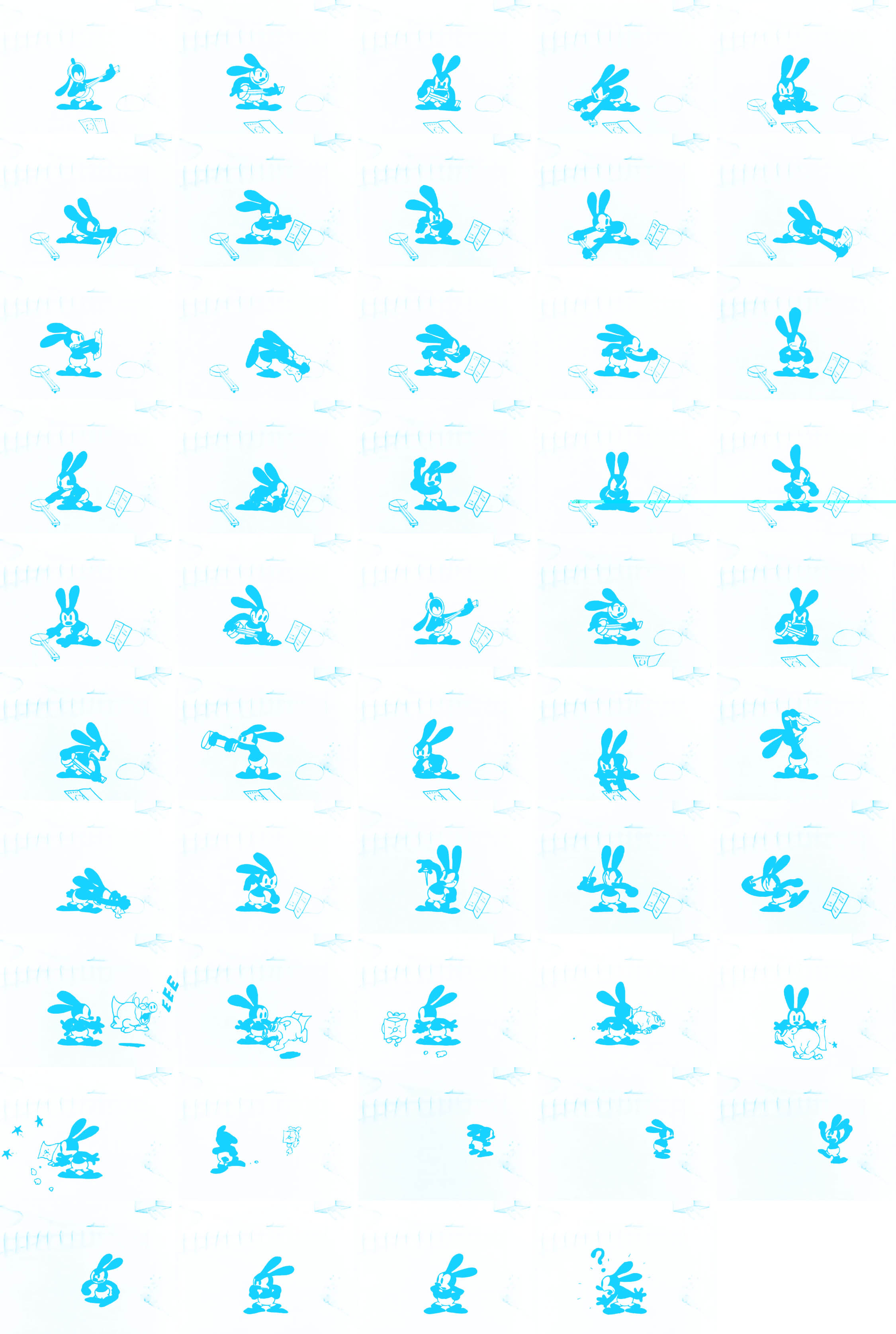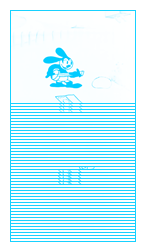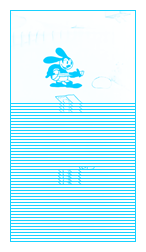ZZZ describes the dimensions of cultural artifacts that are difficult to explain using natural language. We use visualization techniques with trial-and-error methodologies to explore individual cultural artifacts (a scene of animation) as well as larger cultural data sets (a director's filmography).
Our primary goals are:
Animated Seek
Animated seeks are a hyper-fast 30-frame overviews of the entire video. They provide a quick, firm grasp of the complete composition. |
|
Extended Montage
Extended montages are large (typically 300-500 frame) “contact sheets” of the entire video. They are useful for understanding color palette, shot-length, and overall compositional structure. |
|
Orthoganal Animations
Orthoganal animations are constructed by cutting “time slices” (1-pixel col/rows) from a frame, positioning them side-to-side chronologically, and repeating this process on every frame. |
|
Keyframe
Keyframes are similar to orthoganal animations except instead of slicing every pixel, only the midpoint (center) column/row is sliced [resulting in a static image]. |
|
AverageAverages display the average (mean) value of each pixel across the entire video. Often, the front averages result in images similar to “long-exposure” photographs. |
|
Maximum
Maximums display the maximum value of each pixel across the entire video. (These can be all-white if every pixel is whitened during the duration of the video.) |
|
Minimum
Minimums display the minimum value of each pixel across the entire video. (Likewise, these can be all-black if every pixel is blackened during the duration of the video.) |